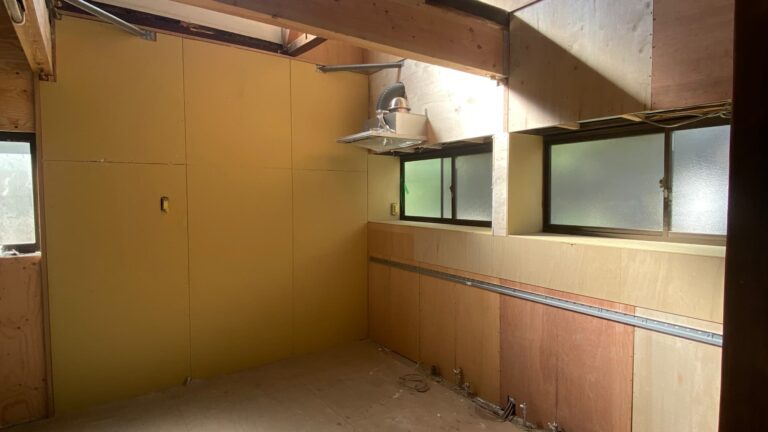Designing for wellness and transit wins global buyers in Southeast Asia
Even amid global headwinds, Southeast Asia’s property markets hold appeal for foreign buyers— provided developers align lifestyle, infrastructure, and local demand

The global economy faces formidable headwinds in 2025, buffeted by escalating US reciprocal tariffs and intensifying geopolitical tensions in the Middle East.
The International Monetary Fund’s latest World Economic Outlook projects global growth to fall sharply to 2.8 percent in 2025 and 3.0 percent in 2026—down from the earlier forecast of 3.3 percent. Such developments are disrupting supply chains worldwide, forcing companies to rethink operational strategies, while governments scramble for diplomatic solutions to ease trade frictions.
Against this unsettled backdrop, a central question emerges: How resilient are Southeast Asia’s residential markets in continuing to attract foreign investment?
Data from PropertyGuru suggests a mixed picture. Interest from abroad, measured through international IP addresses browsing property listings, has declined in Singapore, Malaysia, and Thailand. In Singapore, foreign interest dropped five percent year-on-year in May 2025, with many deterred by the steep 60 percent Additional Buyer’s Stamp Duty. Malaysia and Thailand experienced similar falls of roughly nine percent and 7.8 percent, respectively, over the same period.
Vietnam, however, stands out as an exception. Property searches from overseas buyers rose by 13 percent year-on-year in May, buoyed by policy reforms benefiting overseas Vietnamese. Under revised regulations, overseas Vietnamese who meet specific criteria are now recognised as citizens and thus eligible to purchase property legally, sparking renewed enthusiasm from the diaspora. Industry observers note that this shift could catalyse more structured diaspora investment, funnelling capital not only into prime city condominiums but also into secondary cities and coastal developments that promise long-term appreciation.
Beyond broad trends, more nuanced investment patterns are evident across the region. In Vietnam and Thailand, foreign buyers often look beyond crowded urban centres, instead gravitating toward coastal and beachfront locations. These projects frequently cluster near international schools, wellnessoriented communities, and lifestyle developments that emphasise space and tranquillity. This reflects a wider global appetite for homes that promise both financial security and holistic well-being—a factor that has grown in importance since the pandemic.
Malaysia’s foreign demand, by contrast, is strongly influenced by proximity to new infrastructure, particularly projects linked to Singapore. Johor, strategically located near the border, has become a magnet for investors, supported by the upcoming Bukit Chagar station of the Johor Bahru– Singapore Rapid Transit System (RTS) and the Special Economic Zone collaboration. The recent, rapid sellout of Quayside JBCC illustrates this enduring appeal. High-end buyers in Malaysia continue to prioritise branded residences and awardwinning developments, underscoring the importance of reputation and exclusivity.
Singapore’s luxury market, meanwhile, shows resilience despite higher levies. Prime enclaves such as Sentosa and District 9 continue to attract foreign buyers, drawn to their exclusivity, convenience, and desirable natural settings. These attributes dovetail with a global shift toward wellness as a key determinant in property purchasing decisions. For many international families, the Singapore market remains a secure store of wealth, where lifestyle advantages align with long-term stability.
By articulating distinct selling points, developers can build resilience against market volatility
The rise of remote working has also reshaped preferences. Buyers now feel freer to consider properties outside traditional commercial hubs, placing greater emphasis on access to green spaces, holistic design, and overall quality of life. Developers who incorporate biophilic principles—integrating natural light, greenery, and sustainable design— can elevate both the marketability and sustainability credentials of their projects, while also appealing to eco-conscious international buyers. Increasingly, properties that marry strong sustainability ratings with lifestyle appeal are commanding price premiums.
Nonetheless, challenges remain. Projects designed primarily for foreign investors often diverge from local market needs, creating vulnerability if overseas demand falters. Local buyers may find themselves priced out or less interested in features that target international tastes, leading to imbalances in demand dynamics. Developers, therefore, face the complex task of striking a balance between global and domestic appeal.
One solution lies not only in product design but in addressing information asymmetries. Platforms with substantial local and international reach are invaluable for showcasing a project’s unique attributes to diverse audiences. By clearly articulating distinct selling points, developers can broaden their appeal, foster inclusivity, and build resilience against market volatility. Strategic partnerships with global agencies and digital platforms can further expand reach, ensuring projects remain visible in increasingly competitive environments.
Ultimately, despite global economic headwinds, Southeast Asia’s residential property markets continue to present compelling opportunities— though selectivity is key. Developers who prioritise wellness-oriented design, align with infrastructure growth, and effectively communicate their value propositions to both domestic and foreign buyers are best positioned to thrive. In an era defined by uncertainty, such strategies are essential for ensuring resilience, sustaining demand, and fostering vibrant, balanced communities across the region.
The original version of this article appeared in PropertyGuru Property Report Magazine Issue No. 192 on issuu and Magzter. Write to our editors at [email protected].
Recommended
ARES Whitepaper Volume 4: Powering communities – The catalysts of urban evolution
Fresh perspectives on sustainability, lifestyle, and design shaping the future of real estate
ARES White Paper Volume 3: The era of adaptive reinvention
Pioneering sustainable and innovative practices in urban development
ARES White Paper Volume 2: Unravelling the power of data revolution in real estate
Insights on proptech, smart cities, and sustainable development
ARES Digital White Paper Volume 1: The fundamentals of responsible building
Green and climate heroes join forces to discuss how Asia Pacific can weather the current environmental crises and the looming effects of climate change







